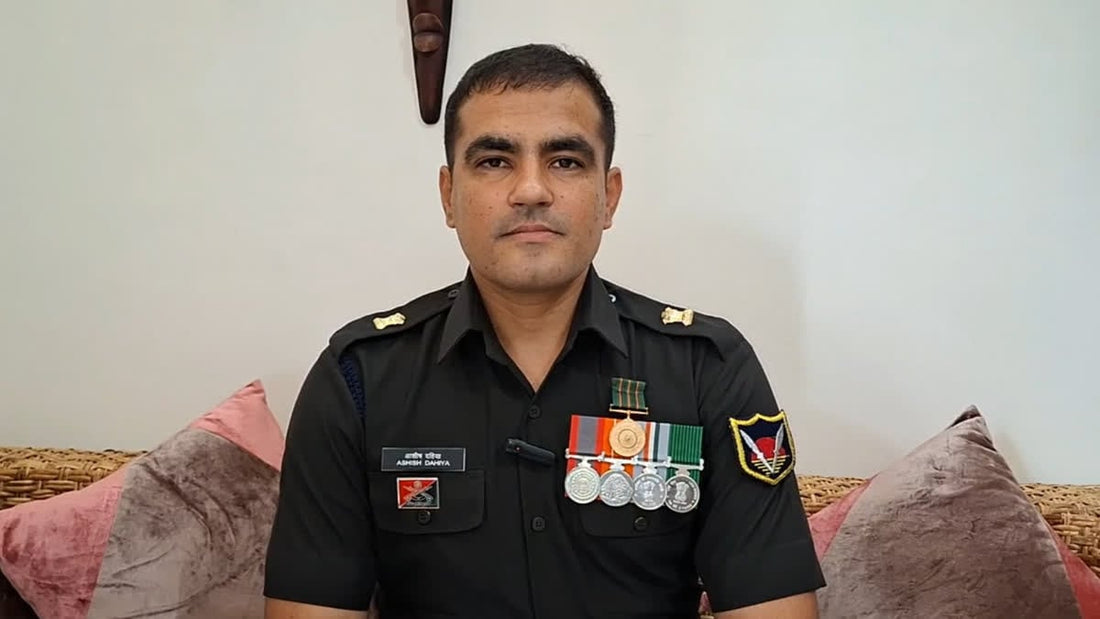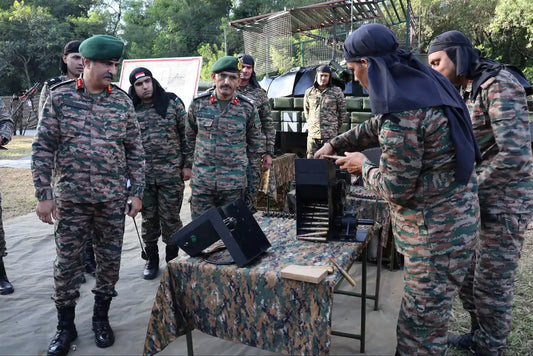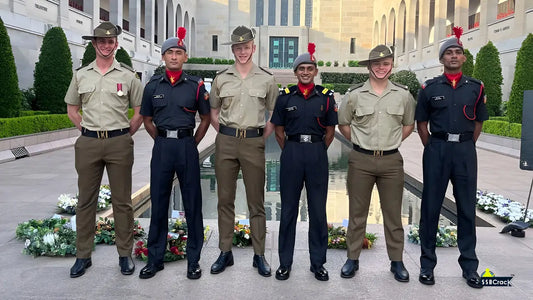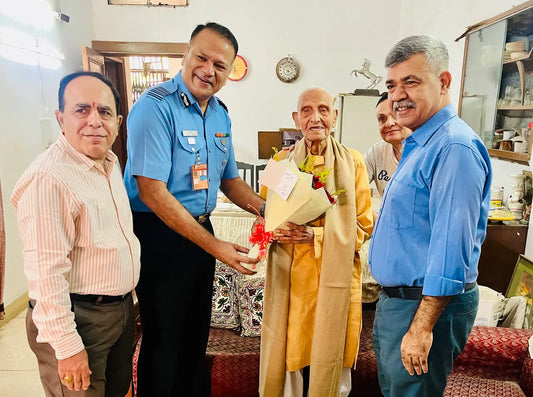Understanding the Role and Impact of a Major in the Indian Army

The rank of Major within the Indian Army holds a significant role in sustaining the operational effectiveness and morale of military units. An officer at this level commands a company, typically consisting of 120 to 150 soldiers, and is entrusted with substantial authority and a variety of duties. Their leadership is crucial to the combat readiness and overall effectiveness of their troops. This analysis explores the responsibilities and authority of an Indian Army Major, shedding light on their diverse role within the military hierarchy.
As one of the largest and most formidable forces in the world, the Indian Army operates through a well-defined chain of command where each rank carries specific duties vital to the Army's operational success. At the heart of this structure is the Major, a position representing authority and accountability. The role of a Major involves more than just following orders; it includes leadership, mentorship, and administration, which significantly influence military operations on the ground. An understanding of a Major's responsibilities offers insights into military operations and the essential qualities of leadership under pressure.
The responsibilities of army officers have evolved considerably over time. The British colonial Army structure laid the groundwork for the current framework of the Indian Army, where ranks, duties, and command procedures were carefully defined. The rank of Major was established during British rule and has since adapted to modern combat scenarios, operational strategies, and technological advancements. This evolution reflects the changing nature of warfare and underscores the need for adaptability and consistent leadership.
One of the main duties of a Major is leading a company, which involves making critical operational choices that impact the soldiers under their command.
Majors exercise tactical decision-making in high-pressure environments by analyzing battlefield information, formulating strategies to achieve mission goals, and authorizing engagements during combat operations to ensure alignment with the broader objectives of their commanding officers.
An effective Major ensures their unit is always combat-ready, conducting regular drills, assessing soldiers' readiness, and implementing strategies to adapt to new technologies and warfare tactics. During Operation Vijay in Kargil in 1999, Majors played a key role in executing ground operations and making real-time, pivotal decisions.
The responsibilities of a Major extend beyond combat, encompassing training and discipline. To maintain high standards of readiness, Majors design and oversee training programs, ensure soldiers are proficient in various skills, and promote a culture of continuous improvement.
Discipline is crucial for military effectiveness, and Majors enforce standard operating procedures, addressing behavioral issues and implementing corrective measures when necessary, ensuring a cohesive and effective fighting force.
Administrative duties are integral to a Major's role, involving logistics management, communications, and coordination with higher command. Majors are responsible for logistical support, including equipment maintenance, supply chain management, and coordination with subordinate units and higher command.
Effective communication is essential for a Major, who acts as a link between soldiers and higher officers. This involves providing clear briefings and relaying critical information to senior officers accurately.
The welfare of soldiers is a priority, and Majors play a significant role in ensuring a positive environment that promotes morale. They address soldiers' concerns, listening to grievances and assisting with issues related to family, health, and welfare.
Maintaining morale is essential for operational success. Majors boost morale by organizing team-building activities, fostering camaraderie, and recognizing outstanding performance to motivate soldiers to excel.
Majors also serve as mentors to junior officers and enlisted soldiers, providing guidance that shapes their careers and character. Through mentorship, they model leadership qualities, guide junior officers in effective team leadership, and contribute to the Army's long-term efficiency by nurturing future leaders.
According to the Ministry of Defence, there are approximately 1,400 majors in the Indian Army, each leading a company. This role directly influences the lives and careers of around 120-150 soldiers per Major. Research indicates that effective commanders greatly enhance unit cohesion, which is directly linked to operational success in combat scenarios. Units with high morale and strong leadership often outperform their counterparts.
| Rank | Responsibilities |
|---|---|
| Captain | Leads smaller units, focuses on tactical leadership within their area |
| Major | Commands a company, makes critical operational decisions, ensures combat readiness |
| Lieutenant Colonel | Manages multiple companies, involved in strategic planning, requires broader oversight |
The transition through these ranks demonstrates a gradual increase in strategic and operational responsibility, emphasizing experience and performance in advancing within the military hierarchy.
The role of a Major is not without its challenges.
Resource constraints and mental health issues among soldiers are significant challenges Majors face. To address these, implementing streamlined logistics and enforcing mental health support programs can optimize resources and foster resilience among troops.
The future of warfare, with the increasing integration of technology such as AI and unmanned systems, will significantly impact the responsibilities of Majors. They will need to adapt to technological advancements, leverage big data for tactical advantage, and provide innovative and adaptive leadership to guide their troops through these changes.
In conclusion, the rank of Major in the Indian Army encompasses a wide range of powers and responsibilities crucial for the operational success of military units. Majors are central to their companies, shaping the future of defense through leadership and mentorship. Understanding this role enhances one's knowledge of military structures and highlights the profound impact of leadership in high-stakes environments. Despite the challenges they face, the solutions and innovations adopted by Majors will continue to define their influence on India's defense landscape.
Aspiring officers can find valuable resources through SSBCrack and its affiliated materials, including eBooks and online courses, which offer preparation strategies essential for personal career advancement and understanding the responsibilities of leading the nation's armed forces.



















